- 256 Posts
- 15 Comments

 5·10 months ago
5·10 months agoUnless Valve can either find or pay a company that does a custom packaging of a Nvidia GPU with x86 (like the Intel Kaby Lake-G SoC with an in-package Radeon), very unlikely. The handheld size makes an “out of package” discrete GPU very difficult.
And making Nvidia themselves warm up to x86 is just unrealistic at this point. Even if e.g. Nintendo demanded, the entire gaming market — see AMD’s anemic recent 2024Q1 result from gaming vs. data center and AI — is unlikely to be compelling enough for Nvidia to be interested in x86 development, vs. continuing with their ARM-based Grace “superchip.”

 4·10 months ago
4·10 months agoProbably from the FAQ pane on the Kickstarter page:
What about Steamdeck support?
Will be 100% supported
Last updated: Tue, April 23 2024 10:55 AM PDT

 121·1 year ago
121·1 year agoThe was a GNOME FAQ that describes “guh-NOME” or IPA /ɡˈnəʊm/ as the official pronunciation, due to the emphasis of G as GNU. It does acknowledge that many pronounce it “NOME” or /nəʊm/: https://stuff.mit.edu/afs/athena/astaff/project/aui/html/pronunciation.html

 3·1 year ago
3·1 year agoUndervolting provides the chip with additional power and thermal headroom, and can improved situations where otherwise throttling sets in.

 31·1 year ago
31·1 year agoYes. But one should also note that only a limited range of Intel GPU support SR-IOV.

 4·1 year ago
4·1 year agoFrom https://www.gamingonlinux.com/2023/10/tony-hawks-pro-skater-1-2-adds-offline-support-for-steam-deck/ :
You may be able to get it to work on desktop Linux too in offline mode by using
SteamDeck=1 %command%as a Steam launch option for the game, which likely won't work for Windows since the Steam Deck is just a Linux machine.
Tom Clancy’s The Division 2 runs decently on the Steam Deck, and has semi-(?)/de-facto-(?) official support (the developer purposefully switched to a Linux/Wine-compatible EAC earlier this year, and referenced the Steam Deck support in the corresponding patch note).

 1·1 year ago
1·1 year agoThis summary (and sadly, also the GoL title) has somewhat buried the lede here: The firmware update that comes with 3.5.1 Preview adds undervolting controls — with the obvious implications of improving the battery life.

 4·1 year ago
4·1 year agoThe release notes describe changes in multi-threading, and there appears also to be changes in the graphics stack.

 10·1 year ago
10·1 year agoNote that Lawrence Yang said in March “a true next-gen Deck with a significant bump in horsepower wouldn’t be for a few years.” (https://www.rockpapershotgun.com/the-community-continues-to-blow-our-minds-valve-talk-the-steam-deck-one-year-on)

 3·2 years ago
3·2 years agoThere are unboxing videos out there showing that the carrying case is included: https://www.youtube.com/watch?v=QcW-p5ZbSuc

 1·2 years ago
1·2 years agoI had the JSAUX HB0603 and Valve’s, and JSAUX is solid. I went for Valve because of the 3×USB-A with 3.1 Gen 2/“3.2”. But the HB1201 is likely better with more 3.1 Gen 2/“3.2” ports, while HB0601 is USB 3.0 only. JSAUX tend to have a more forgiving right angle connector, while you absolutely need a extender with Valve’s to reach a Steam Deck in a case (particularly the Dbrand Killswitch). I also found Valve is better at detecting 4K resolutions in Desktop Mode, while JSAUX just goes into 1920×1080, which can be preferable (4K is very illegible). On the other hand, I absolutely did not like JSAUX HB0603 being “better” constructed out of aluminum, because it easily scratches plastic, but the HB0601 and 1201 might be different with plastic lips.

 1·2 years ago
1·2 years agoAnother fairly new MMO (anticheat was fixed in January for Linux): Tom Clancy’s The Division 2. Last week tried even their permadeath mode (in-game called “Hardcore”), and survived solo levels 1–30. Steam Deck does have scary stutters due to the game sometimes needing slightly more than the 16 GB RAM, and swapping, as it could lead to fatal disconnect during fights. It is also one of those games that needs > 1 GB of swapfile.






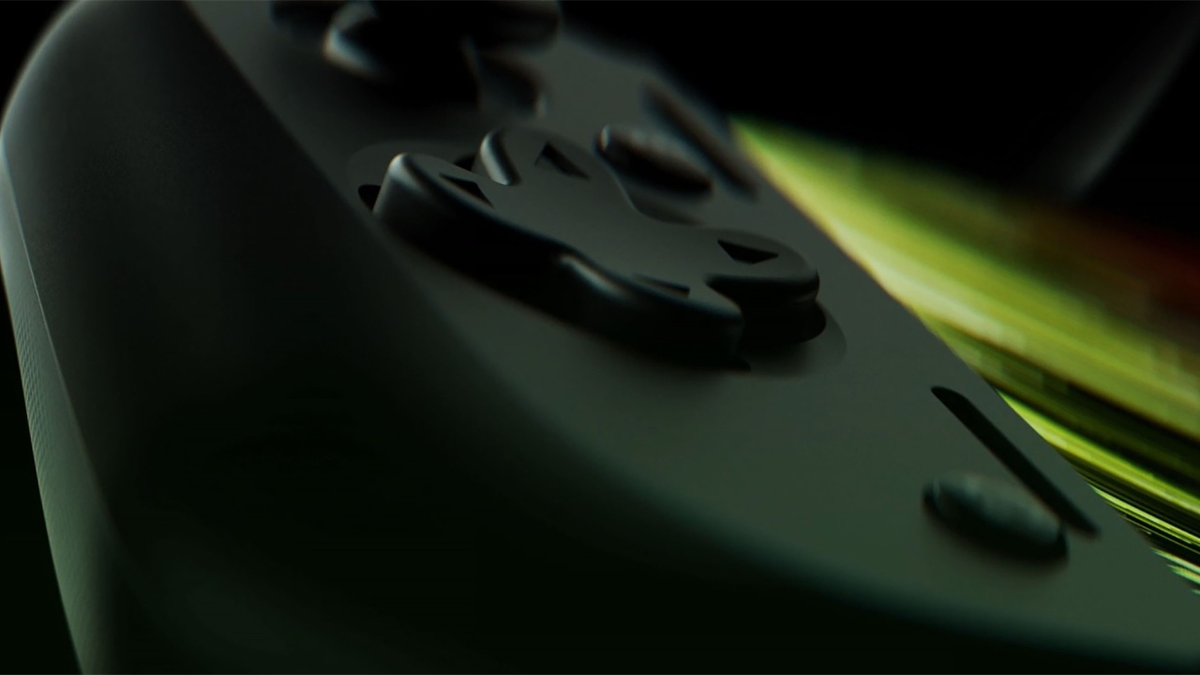

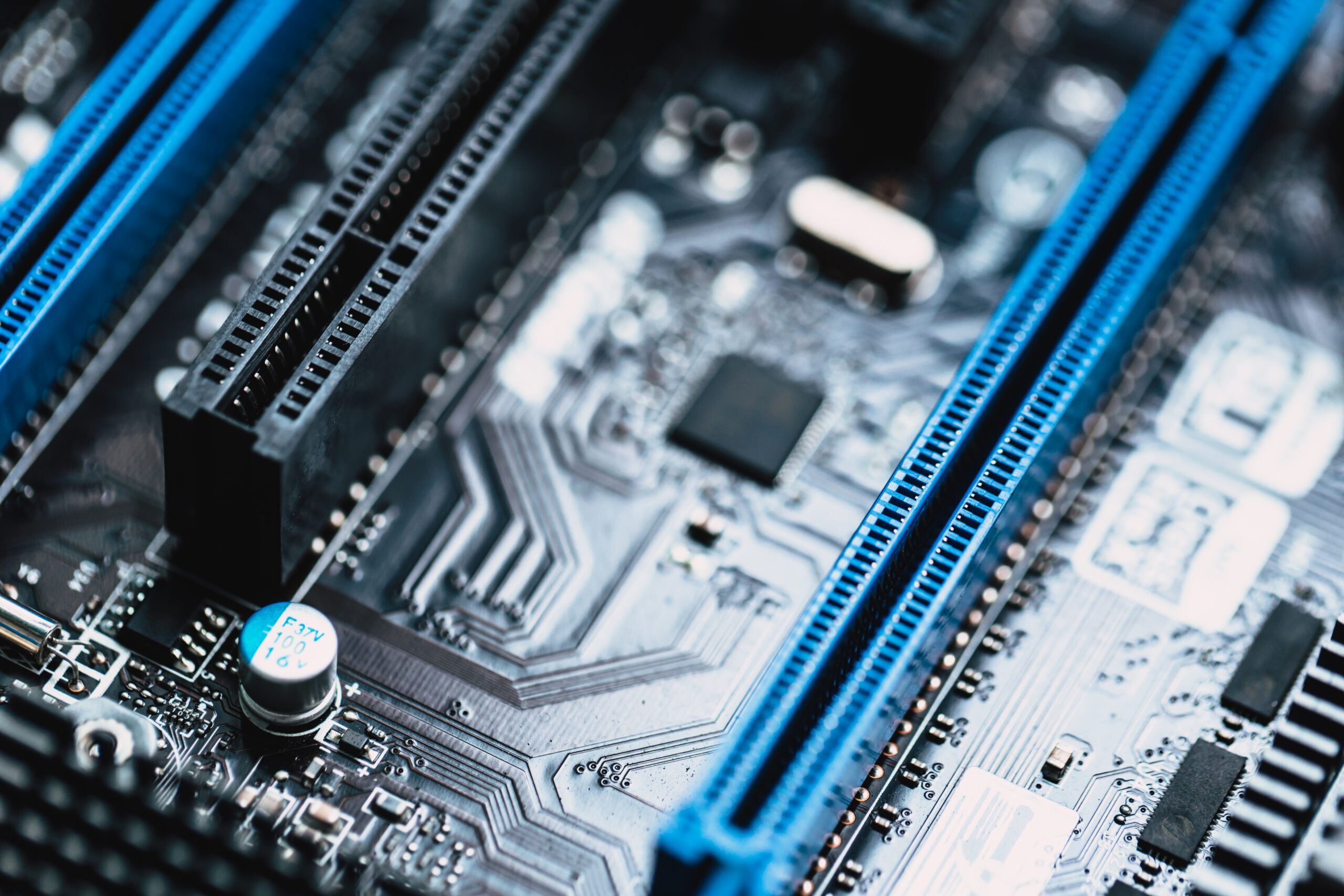


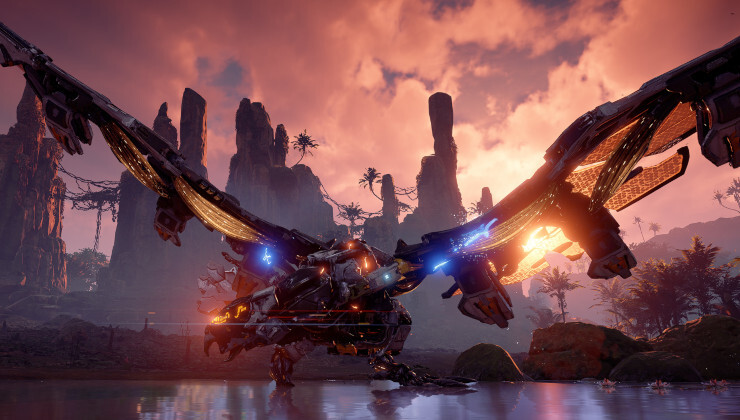
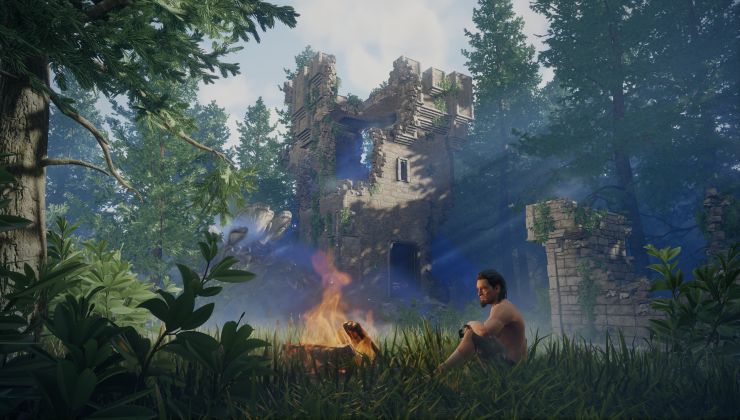
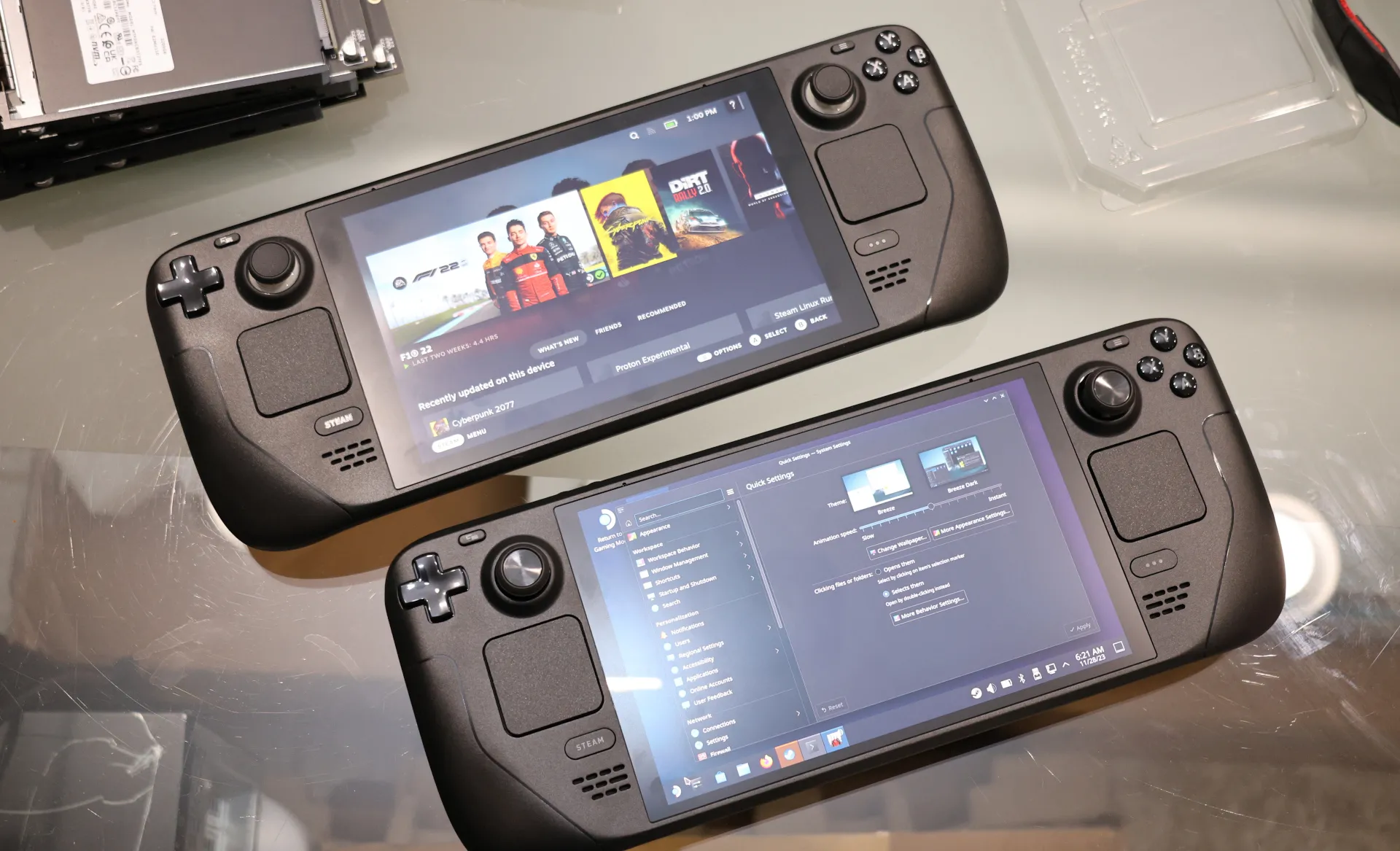
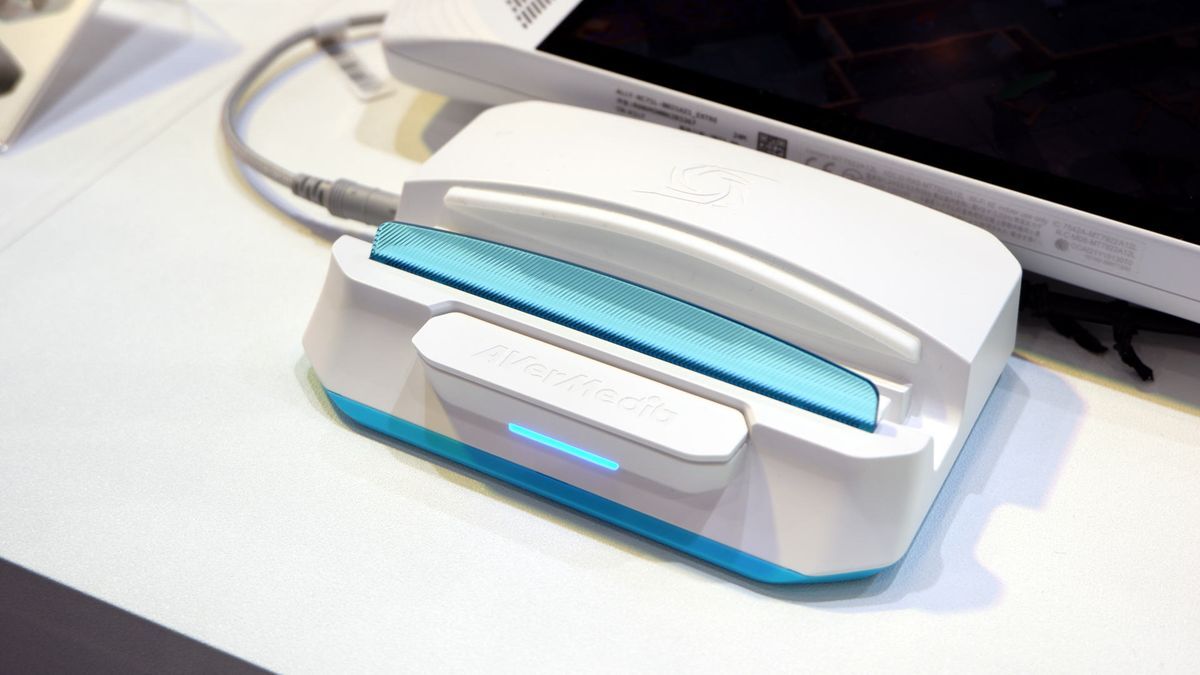

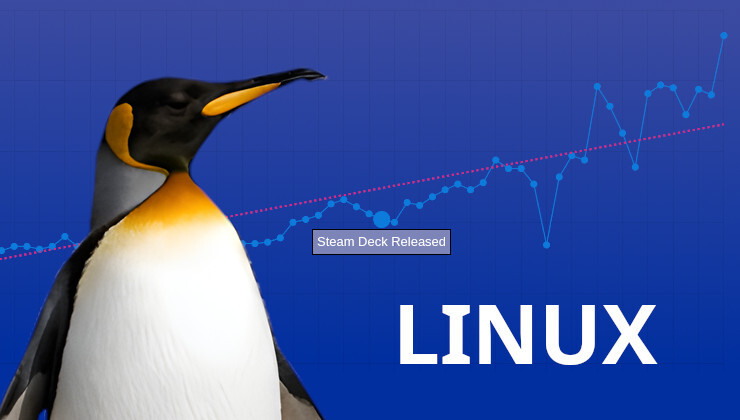
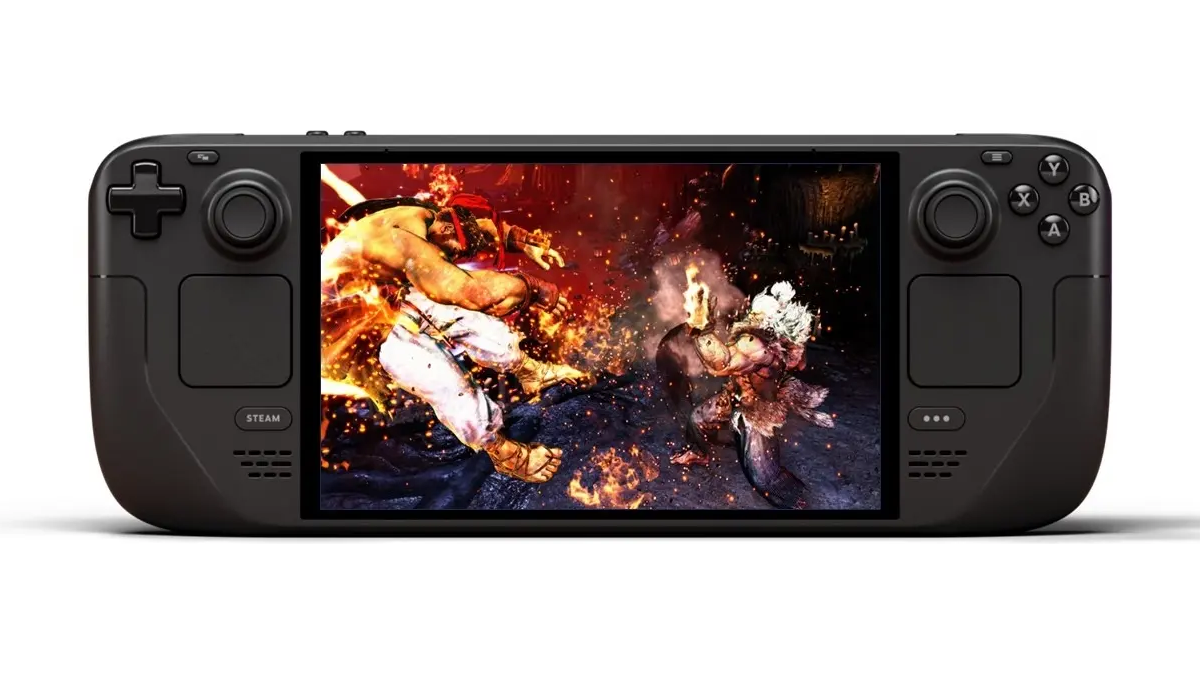


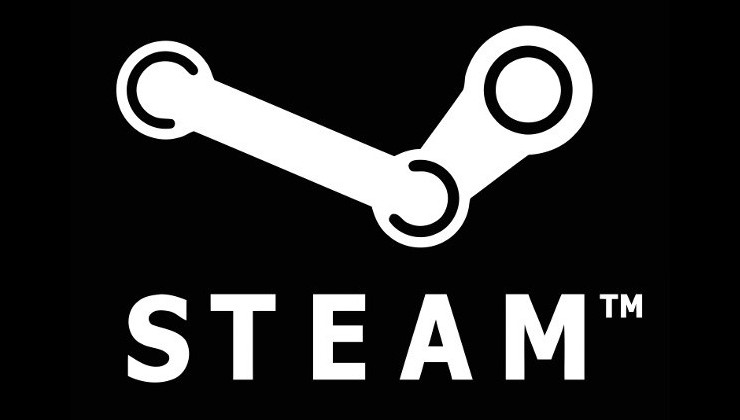

Three side remarks about China, which can be a peculiar example to compare to for Russia, maybe even any other country: